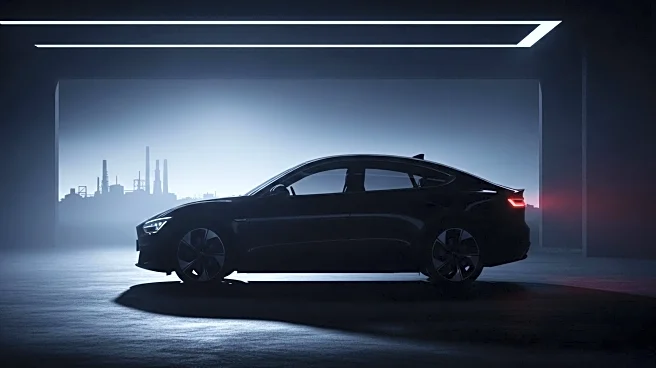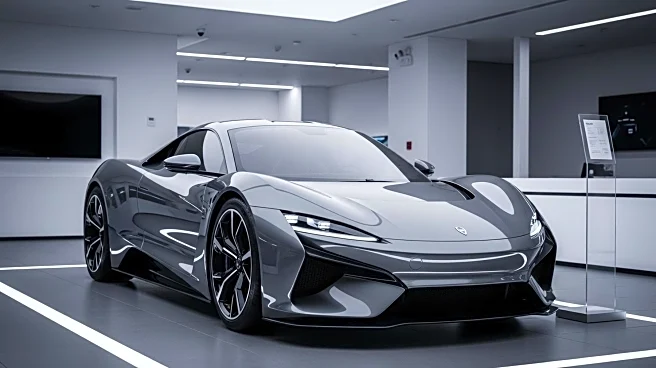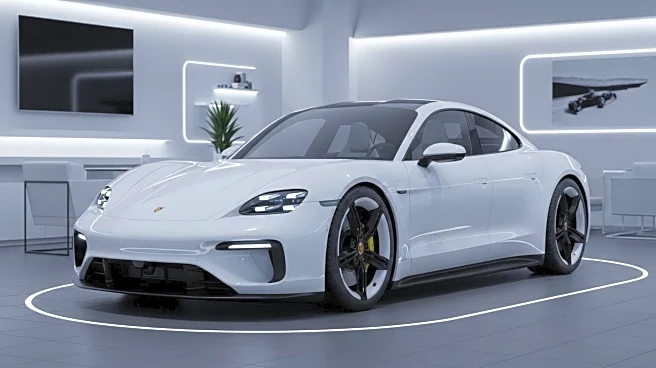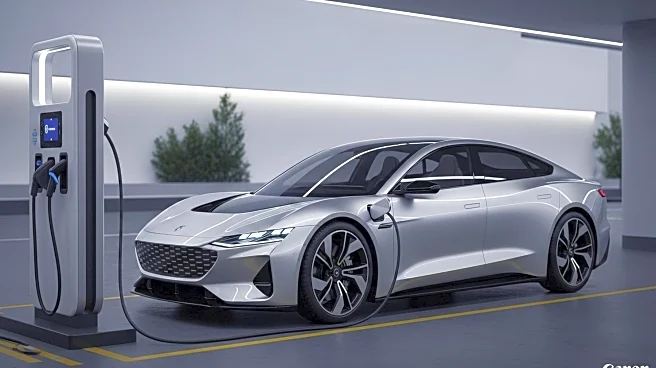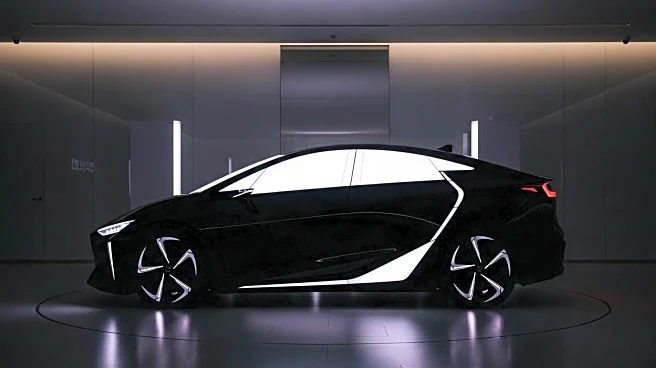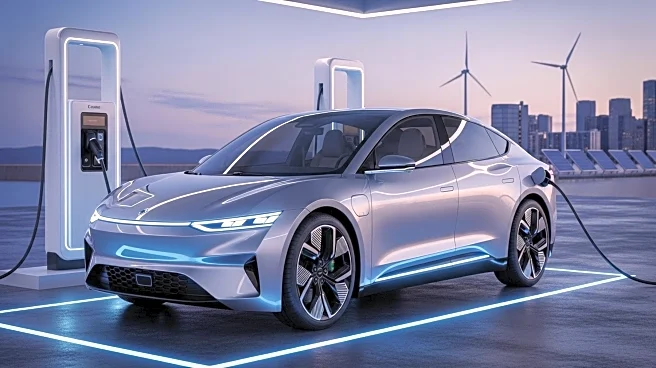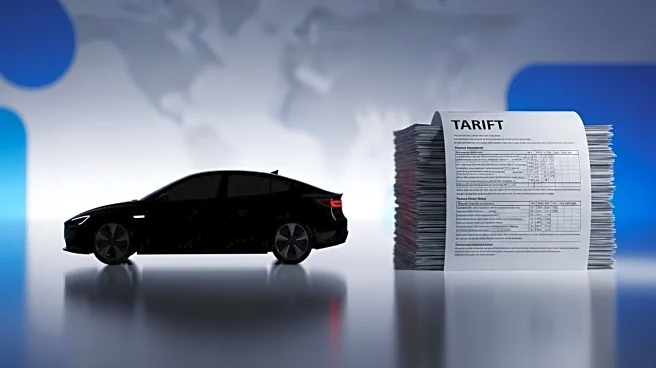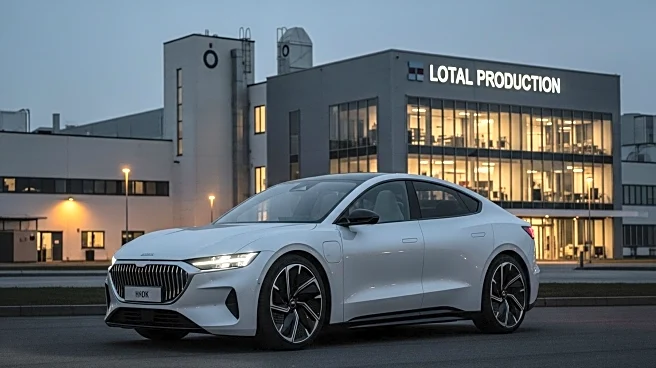What's Happening?
The ongoing debate about whether to include plug-in hybrid electric vehicles (PHEVs) in electric vehicle (EV) sales reports remains a contentious issue. Some argue that PHEVs should be considered part of the transition to full battery electric vehicles (BEVs), while others believe only BEVs should be counted. The discussion has been fueled by varying adoption rates and infrastructure developments across different countries. For instance, in Norway, as BEV sales increased, PHEV sales declined, suggesting a natural transition. However, in other regions, PHEVs still play a significant role in the market.
Why It's Important?
The classification of PHEVs in EV sales reports has implications for how the transition to electric vehicles is perceived and measured. Including PHEVs could provide a more comprehensive view of the market's shift away from internal combustion engines, especially in regions where charging infrastructure is still developing. This debate also affects policy decisions, consumer perceptions, and the strategies of automotive manufacturers. Understanding the role of PHEVs could help in planning infrastructure and setting realistic targets for reducing carbon emissions.
Beyond the Headlines
The debate touches on broader issues of how transitions in technology are measured and reported. It raises questions about the role of hybrid technologies in bridging the gap between traditional and fully electric vehicles. The discussion also highlights the challenges of standardizing metrics in a rapidly evolving industry, where technological advancements and consumer preferences can vary widely across different markets.

